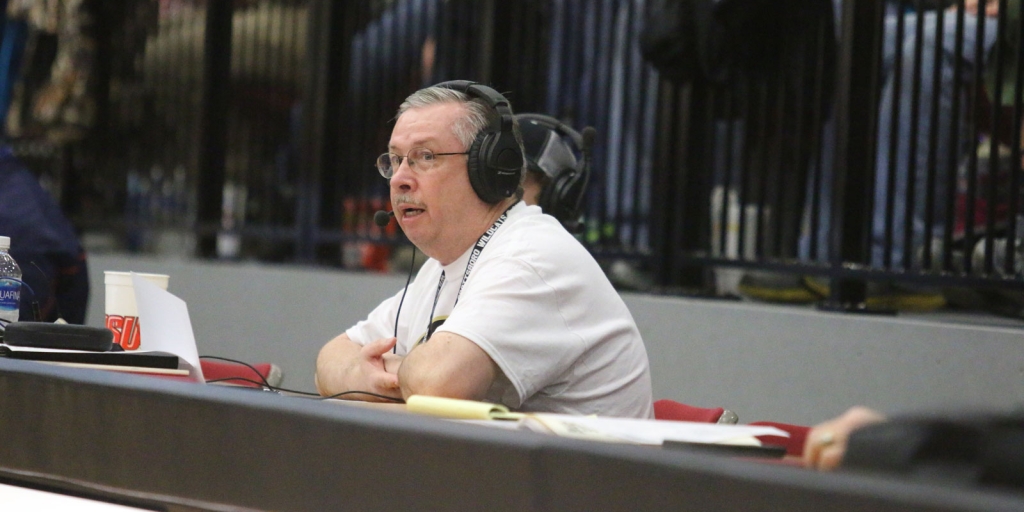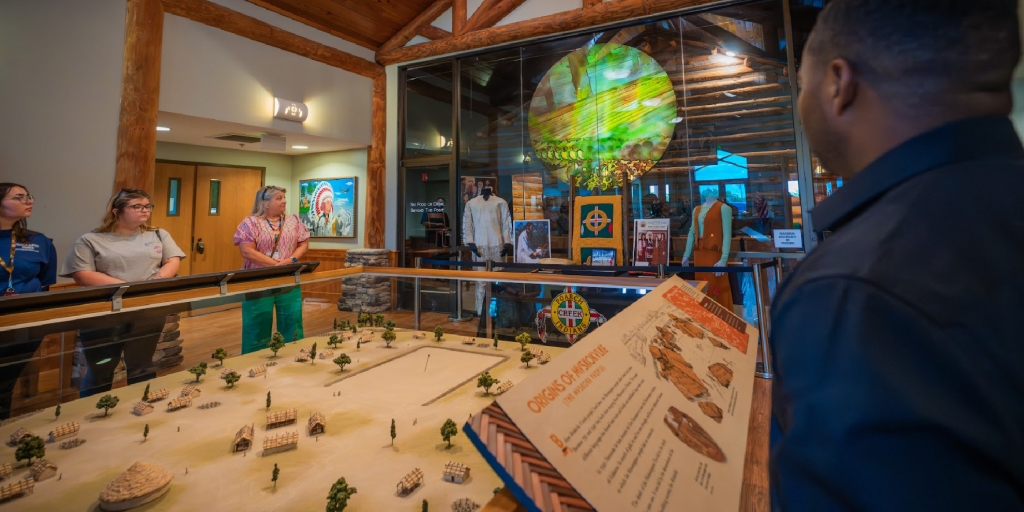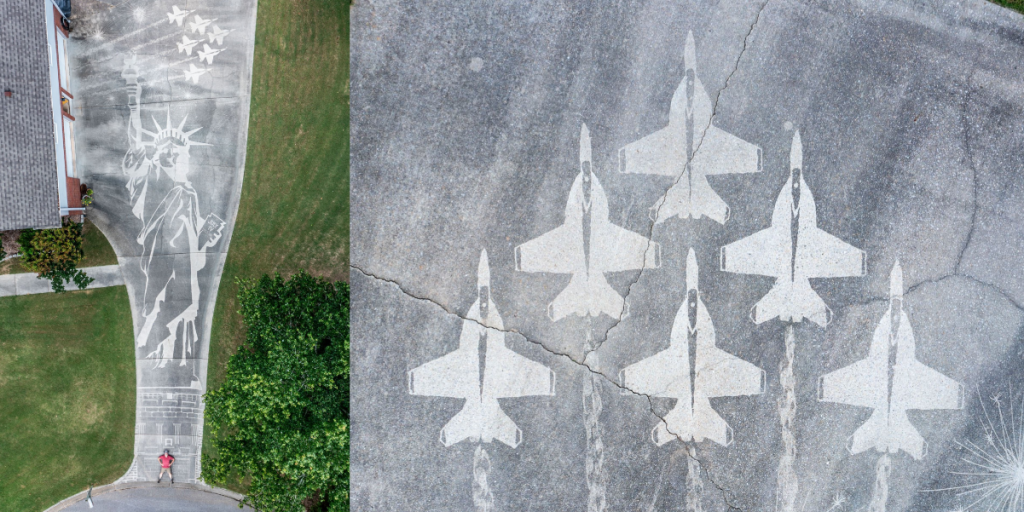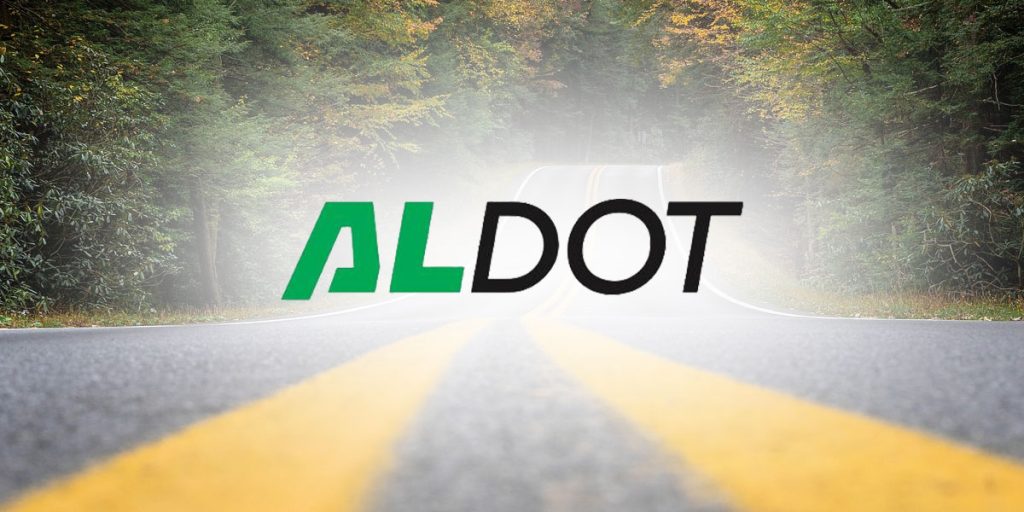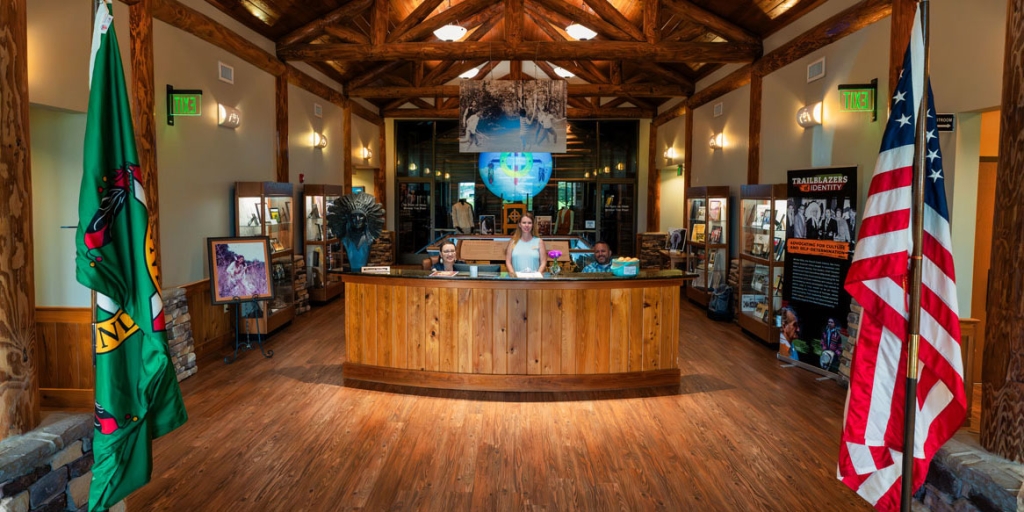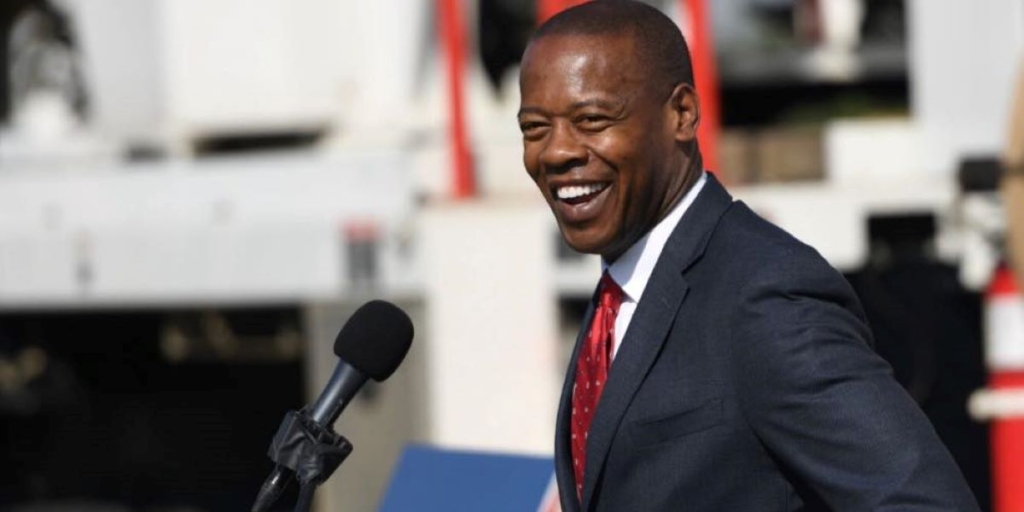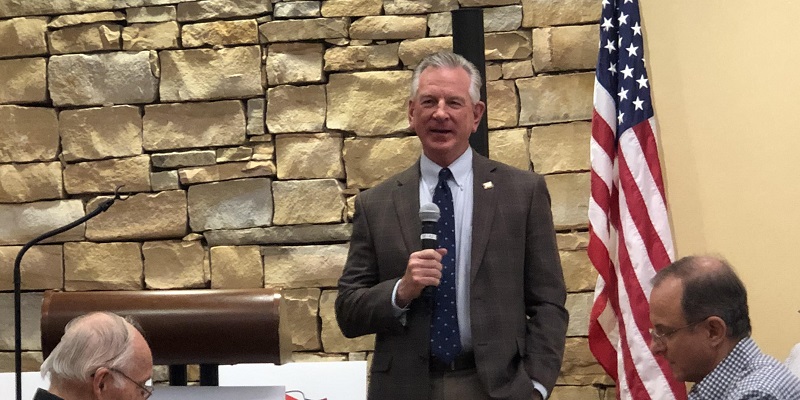Betty Alexander has lived all her 82 years in Blount County. But the history of her particular community goes back to way before she arrived on this good Earth.
Her husband, Oliver “O.K.” Alexander, can claim some historical connections of his own; he is a descendant of John Witherspoon, a delegate from New Jersey to the Second Continental Congress and a signer of the Declaration of Independence.
They are among a small band of dedicated volunteers who make up the Blountsville Historical Society and who, over the years, have helped create and nurture a remarkable attraction in this town of 1,600 about midway between Birmingham and Huntsville on U.S. Highway 231.
Blountsville Historical Park features a collection of restored 19th century pioneer cabins from the area and beyond; a post office building that dates to 1836; a rare log barn; an old jail building; a blacksmith shop; and a museum housed in a structure dating to the 1830s. There’s a small chapel, a pavilion (available for weddings, etc.) and a café that operates Thursdays through Saturdays from 9 a.m. to 3:30 p.m.
And there are special events that take place at the park throughout the year, drawing people from near and far. Come by on the second Friday night in August for the final “Pickin’ in the Park” this summer, which typically features live bluegrass, country or gospel music. In October, the annual Homestead Festival takes place the first Saturday of the month, and come next spring, the annual Daffodil Festival is slated for the third Saturday in March. There are also events on July 4 and during the Christmas holidays.
“We’ve worked really hard,” Betty Alexander said. “It’s a good example of wonderful volunteerism.”
Indeed, in 2016 the Blountsville Historical Society was awarded the Small Town Preservation Award from the Alabama Trust for Historic Preservation for its good works. And this small town has a lot of history to tell.
Blountsville first appeared on a map in 1819 as “Wassausey” – a Native American village. According to Wikipedia, the word means “bear meat cabin,” which was the name of an Indian translator who lived in the area. The name stuck and became the first name for the town by white settlers who rushed in during “Alabama Fever” in the early 19th century.
According to Betty Alexander, remains of the road the settlers used on their westward journey cut through the back of the historical park. Legend has it that both Andrew Jackson and Daniel Boone traveled the road. “So many people came down it” during the rush, Alexander said, “they say it looked like the children of Israel being led by Moses – except for the cussing.”
Some of those folks decided to stay in the area, which was blessed with natural springs. In fact, local spring water is a commercial commodity – bottled and sold by Blue Spring Living Water. Union and Confederate troops skirmished briefly in 1863 near Blountsville, which was the county seat at the time. The seat moved to Oneonta in 1889.
The historical park is not only popular with history buffs; it is an educational resource, with many local schoolchildren visiting on field trips. One day last year, some 400 students visited on one day. “They worked us to death,” Alexander recalled.
She encourages anyone interested in Alabama and American history to come to the Blountsville park. There’s no admission charge, but a small donation to the historical society is appreciated to help keep things running and to further the society’s preservation mission. Among the organizations that have supported the historical society and park are the Community Foundation of Greater Birmingham, Cawaco Resource, Conservation & Development Council and the Alabama Power Foundation.
For more information, visit http://www.blountsvillehistoricalsociety.com/. You can also find the society on Facebook.
(Courtesy of Alabama NewsCenter)






